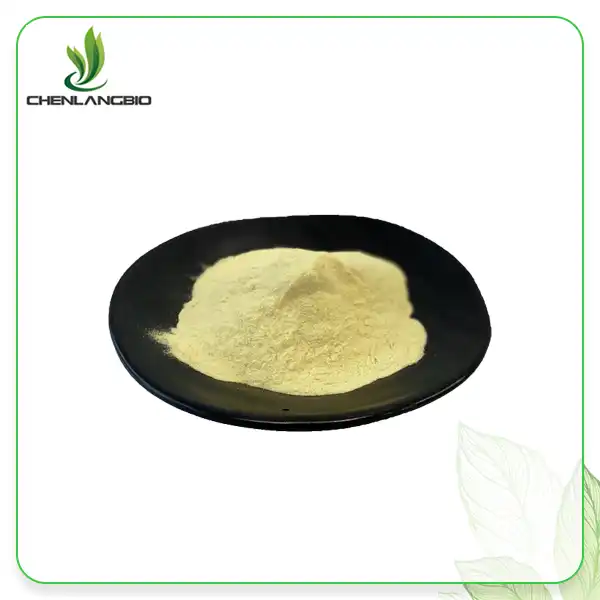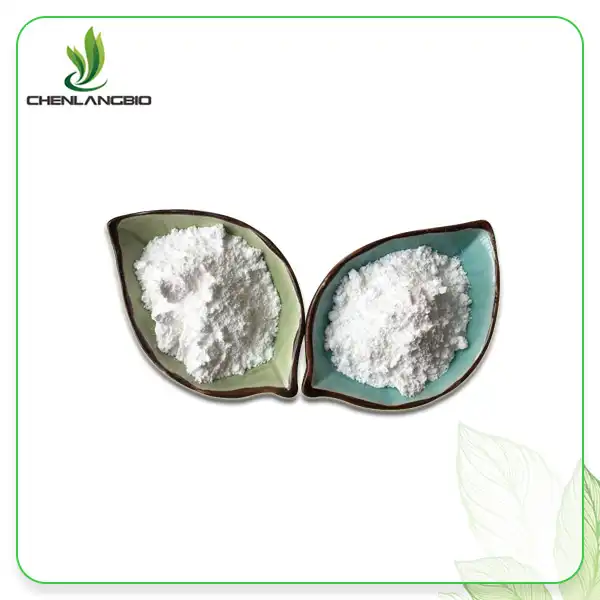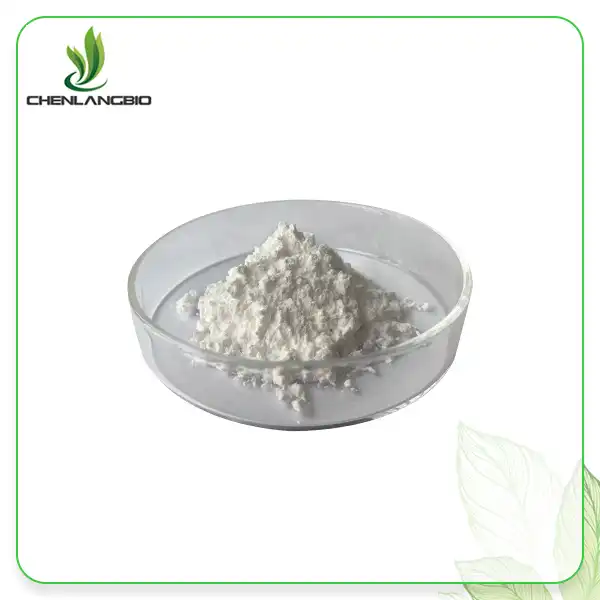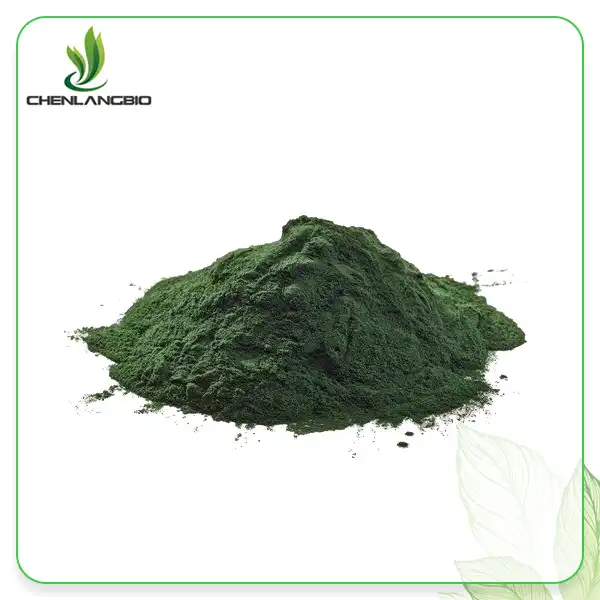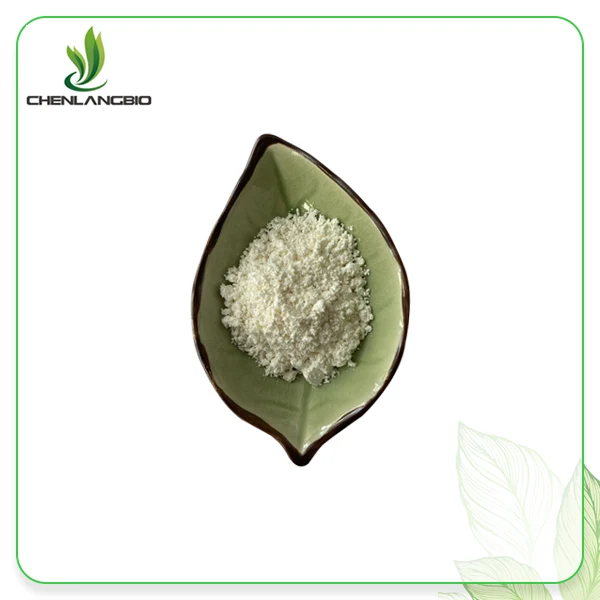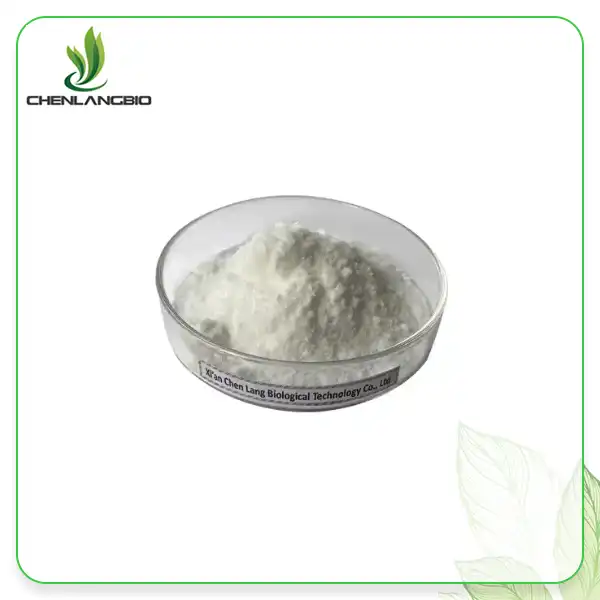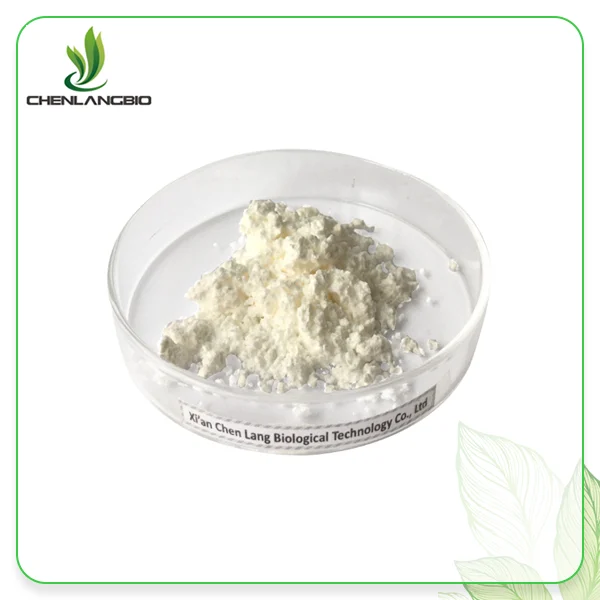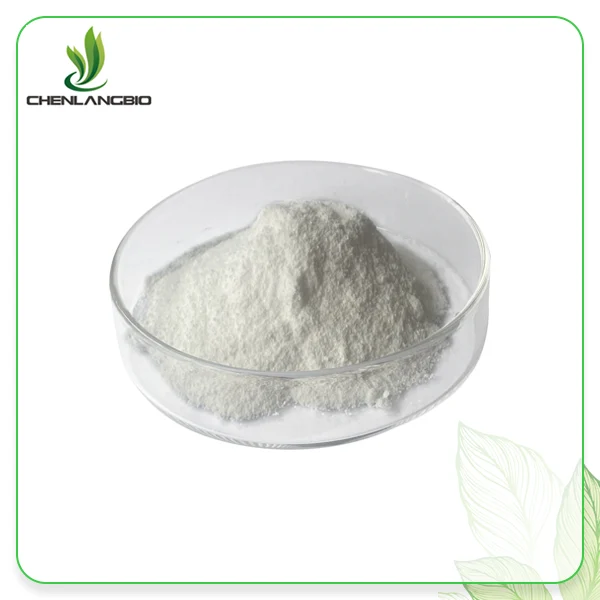How is D-Luciferin Potassium Salt Administered for in Vivo Imaging?
2025-04-23 09:39:08
When it comes to bioluminescent imaging in living organisms, D-Luciferin Potassium Salt stands as the gold standard substrate. This water-soluble compound derived from firefly luciferin enables researchers to visualize biological processes in real-time without harming the subject. D-Luciferin Potassium Salt is typically administered through various injection routes depending on the specific research requirements, with intraperitoneal injection being the most common method for small animal models. The substrate's ability to distribute throughout the body and emit light when it interacts with luciferase enzymes makes it an invaluable tool for tracking cellular activities, gene expression, and disease progression in vivo.
Administration Routes for D-Luciferin Potassium Salt in Research Models
Intraperitoneal Injection: The Gold Standard Method
Intraperitoneal (IP) injection represents the most widely adopted administration route for D-Luciferin Potassium Salt in small animal imaging studies. This technique involves injecting the substrate directly into the peritoneal cavity, allowing for effective systemic distribution throughout the body. Researchers typically prepare D-Luciferin Potassium Salt in sterile phosphate-buffered saline or water at concentrations ranging from 15-30 mg/mL, with standard dosages between 150-300 mg/kg body weight for mice and rats. The significant advantage of IP administration lies in its relatively simple technique and consistent biodistribution profile, which typically results in peak bioluminescence signals within 10-15 minutes post-injection. This predictable kinetic profile makes IP injection particularly valuable for longitudinal studies tracking disease progression or treatment responses. Furthermore, the IP route minimizes the stress on animals compared to more invasive administration methods, making it suitable for repeated imaging sessions in the same subject. Researchers at Xi An Chen Lang Bio Tech Co., Ltd have optimized D-Luciferin Potassium Salt formulations specifically for IP administration, ensuring maximum stability and bioavailability when delivered through this route.
Intravenous Delivery: Rapid Signal Generation
Intravenous (IV) administration of D-Luciferin Potassium Salt offers distinct advantages when rapid signal generation and higher peak intensities are required in research protocols. This method delivers the substrate directly into the bloodstream, typically via tail vein injection in rodents, resulting in significantly faster biodistribution throughout the body compared to IP administration. When administered intravenously, D-Luciferin Potassium Salt produces peak bioluminescence signals within 1-5 minutes post-injection, making this route particularly valuable for capturing fast-occurring biological events or when precise timing of imaging is critical. The standard IV dosage ranges from 100-150 mg/kg body weight, with concentrations typically between 15-30 mg/mL prepared in sterile physiological solutions. While IV injection requires more technical skill and may cause greater stress to the animal subjects, it offers superior signal-to-noise ratios and more consistent delivery to target tissues. The high-purity (99%+) D-Luciferin Potassium Salt produced by Xi An Chen Lang Bio Tech Co., Ltd is specifically formulated to maintain stability in IV administration protocols, ensuring rapid and efficient light production upon interaction with luciferase enzymes. This administration route is particularly beneficial in neurological research where the blood-brain barrier penetration kinetics can be more precisely measured.
Subcutaneous Administration: Sustained Release Option
Subcutaneous (SC) injection provides a valuable alternative administration route for D-Luciferin Potassium Salt when researchers require more prolonged signal duration in their in vivo imaging protocols. This method involves injecting the substrate underneath the skin, typically in the dorsal neck region or flank of the animal model. The SC route creates a depot effect, resulting in slower absorption into the bloodstream and consequently extended bioluminescence signal duration—often lasting 30-60 minutes or longer. Researchers generally use similar concentrations to IP administration (15-30 mg/mL) but may adjust dosages to 150-200 mg/kg depending on the specific study requirements. While the peak signal intensity may be lower compared to IV administration, the extended signal duration makes SC injection particularly suitable for imaging sessions requiring longer acquisition times or when multiple animals need to be imaged sequentially using the same preparation. The high-quality D-Luciferin Potassium Salt (CAS: 115144-35-9) manufactured by Xi An Chen Lang Bio Tech maintains optimal stability in subcutaneous tissue environments, providing consistent light emission throughout extended imaging protocols. Additionally, the reduced invasiveness of SC injection makes it an excellent choice for studies requiring frequent repeated imaging of the same subject over extended time periods.
Specialized Delivery Methods for Enhanced Imaging Results
Direct Tissue Administration Techniques
Direct tissue administration of D-Luciferin Potassium Salt represents a specialized approach for achieving highly localized bioluminescence signals in specific anatomical regions. This method involves delivering the substrate directly to the target tissue via intratumoral, intracerebral, or other site-specific injection techniques. Researchers typically utilize lower volumes but potentially higher concentrations of D-Luciferin Potassium Salt for these applications, with concentrations ranging from 30-50 mg/mL depending on the target tissue and specific research objectives. The primary advantage of direct administration lies in the ability to generate intense, focused signals from specific regions of interest while minimizing background luminescence from surrounding tissues. This approach proves particularly valuable in brain imaging studies where the blood-brain barrier may limit substrate delivery via systemic routes, or in tumor microenvironment research where local substrate availability must be precisely controlled. Xi An Chen Lang Bio Tech's highly pure D-Luciferin Potassium Salt (purity: 99%+) is specifically formulated to maintain stability in diverse tissue environments, ensuring reliable signal generation even when administered directly into specialized tissue compartments. The company's advanced production methods, including dynamic countercurrent extraction and membrane separation technology, guarantee minimal impurities that could otherwise interfere with local tissue reactions or cause inflammatory responses that might compromise imaging results.
Osmotic Pump Implantation for Continuous Delivery
Osmotic pump implantation represents an advanced method for continuous, controlled delivery of D-Luciferin Potassium Salt in longitudinal in vivo imaging studies. This technique involves surgically implanting miniature osmotic pumps loaded with concentrated D-Luciferin Potassium Salt solution subcutaneously or intraperitoneally in the research subject. These pumps release the substrate at a predetermined, constant rate over extended periods, typically ranging from days to weeks depending on the pump model selected. Researchers generally prepare highly concentrated solutions (50-100 mg/mL) of D-Luciferin Potassium Salt for pump loading, carefully calculating release rates to achieve optimal systemic concentrations for imaging. The significant advantage of this approach lies in the ability to maintain stable, continuous substrate availability in the subject, eliminating the signal fluctuations inherent to bolus injection methods and reducing handling stress on animals. Xi An Chen Lang Bio Tech's D-Luciferin Potassium Salt demonstrates exceptional stability in concentrated solutions over extended periods, making it ideal for osmotic pump applications. The compound's molecular properties (C11H7KN2O3S2, MW: 318.41) ensure consistent solubility and chemical stability when stored within pump reservoirs at body temperature. This delivery method proves particularly valuable for long-term studies monitoring gradual biological processes such as tumor development, stem cell differentiation, or gene therapy efficacy where consistent imaging conditions must be maintained across multiple timepoints.
Aerosol Inhalation for Pulmonary Imaging
Aerosol inhalation delivery of D-Luciferin Potassium Salt has emerged as a specialized administration route for targeted bioluminescence imaging of pulmonary tissues and respiratory processes. This method involves nebulizing a solution of D-Luciferin Potassium Salt and delivering it directly to the lungs via inhalation, typically using specially designed chambers for small animal models. Researchers generally prepare solutions at concentrations of 10-30 mg/mL in physiological saline or phosphate-buffered solutions for nebulization, with the actual delivered dose determined by exposure duration and nebulizer specifications. The significant advantage of aerosol delivery lies in its ability to achieve high local concentrations of D-Luciferin Potassium Salt specifically in lung tissues while minimizing systemic distribution, resulting in exceptionally high signal-to-background ratios for pulmonary imaging applications. This route proves particularly valuable for studying respiratory infections, lung cancer progression, cystic fibrosis models, and gene therapy targeting pulmonary tissues. Xi An Chen Lang Bio Tech's pharmaceutical-grade D-Luciferin Potassium Salt, produced under stringent GMP conditions, ensures minimal contaminants that could otherwise irritate sensitive pulmonary tissues during aerosol delivery. The company's advanced production techniques, including column separation technology and high-efficiency countercurrent extraction, yield a highly pure product (99%+ purity) that maintains chemical stability during the nebulization process and produces consistent light emission upon interaction with luciferase enzymes expressed in pulmonary tissues.
Optimizing D-Luciferin Potassium Salt Administration Protocols
Dosage Determination and Signal Kinetics Considerations
Establishing optimal dosage parameters represents a critical factor in maximizing the efficacy of D-Luciferin Potassium Salt administration for in vivo imaging applications. Proper dosage determination requires careful consideration of multiple factors, including animal model characteristics, target tissue location, luciferase expression levels, and specific research objectives. The standard dose range of 150-300 mg/kg serves as a starting point, but researchers should conduct dose-response studies to identify the ideal concentration for their particular experimental system. Signal kinetics following D-Luciferin Potassium Salt administration follow a predictable pattern – rapid increase, peak interval, and gradual decline – but the timing of these phases varies significantly depending on the administration route. Intraperitoneal injection typically produces peak signals at 10-15 minutes post-administration with detectable luminescence persisting for 30-45 minutes, while intravenous delivery generates peaks within 1-5 minutes but with shorter duration. Understanding these kinetic profiles is essential for protocol optimization, especially when planning imaging acquisition timing. Xi An Chen Lang Bio Tech's D-Luciferin Potassium Salt (CAS: 115144-35-9) demonstrates consistent kinetic properties across different administration routes due to its exceptional purity (99%+) and standardized manufacturing processes. The company's quality control measures, including high-performance liquid chromatography-evaporative light scattering detector (HPLC-ELSD) analysis, ensure batch-to-batch consistency in substrate performance, allowing researchers to develop reliable imaging protocols with predictable signal characteristics regardless of the chosen administration route.
Storage and Preparation Protocols for Maximum Potency
Proper storage and preparation of D-Luciferin Potassium Salt solutions are fundamental considerations for maintaining maximum substrate potency and ensuring consistent imaging results. As a light-sensitive compound, D-Luciferin Potassium Salt requires protection from light exposure during both storage and preparation to prevent photooxidation and subsequent activity loss. Xi An Chen Lang Bio Tech supplies the compound in specialized aluminum foil packaging that shields the substrate from light while maintaining an optimal storage environment. Researchers should store the powdered form at -20°C for long-term storage or 4°C for short-term use, avoiding repeated freeze-thaw cycles that can accelerate degradation. When preparing working solutions, dissolving the substrate in sterile, purified water or physiological buffers at pH 7.2-7.6 helps maintain optimal activity. Freshly prepared solutions perform best, but when necessary, researchers can store prepared solutions for up to 1-2 weeks at -20°C or up to 24 hours at 4°C in light-protected containers without significant activity loss. The molecular characteristics of D-Luciferin Potassium Salt (molecular formula: C11H7KN2O3S2, molecular weight: 318.41) make it highly soluble in aqueous solutions, allowing for preparation of concentrated stock solutions (up to 100 mg/mL) for convenient storage and subsequent dilution. Xi An Chen Lang Bio Tech's rigorous quality control processes, including UV-visible spectrophotometric analysis and rapid moisture determination, ensure each batch maintains consistent solubility properties and chemical stability, critical factors for reproducible imaging results.
Troubleshooting Common Administration Challenges
Successfully navigating potential challenges in D-Luciferin Potassium Salt administration requires awareness of common issues and established troubleshooting strategies to maintain consistent imaging results. Signal variability represents one of the most frequent challenges researchers encounter, often stemming from inconsistent injection technique, particularly with intraperitoneal administration where inadvertent injection into abdominal organs or fat deposits can significantly alter biodistribution patterns. Standardizing injection sites and techniques across experimental subjects helps minimize this variability. Another common challenge involves suboptimal signal intensity, which may result from insufficient substrate dosage, degraded D-Luciferin Potassium Salt solutions, or inadequate luciferase expression in the target tissues. Conducting preliminary dose-optimization studies and ensuring proper storage of both powdered substrate and prepared solutions helps address these issues. Background luminescence can interfere with specific signal detection, particularly in models with widespread luciferase expression or when using administration routes that result in high substrate levels in elimination organs like the kidneys and liver. Xi An Chen Lang Bio Tech's highly purified D-Luciferin Potassium Salt (99%+ purity) minimizes non-specific luminescence by eliminating contaminants that might generate background signals. The company's advanced production technologies, including column separation and membrane separation techniques, ensure minimal batch-to-batch variation in substrate performance. Additionally, their quality inspection center utilizes high-performance liquid chromatography and ultraviolet-visible spectrophotometry to verify each batch meets stringent purity specifications, providing researchers with a consistent, reliable substrate for reproducible in vivo imaging applications.
Conclusion
D-Luciferin Potassium Salt administration for in vivo imaging requires careful consideration of delivery routes, dosages, and preparation protocols. The versatility of this bioluminescent substrate allows researchers to visualize diverse biological processes across multiple application fields, from cancer research to neuroscience, making it an invaluable tool in modern biomedical research.
Ready to elevate your bioluminescence imaging research? Choose Xi An Chen Lang Bio Tech Co., Ltd. for premium D-Luciferin Potassium Salt that meets the highest quality standards. Our advanced production facilities, GMP certification, and dedicated R&D team ensure you receive products of exceptional purity and consistency. With our comprehensive technical support and flexible production capacity, we're committed to supporting your research success. Contact us today at admin@chenlangbio.com to discuss how our high-quality D-Luciferin Potassium Salt can enhance your imaging results.
References
1. Wang L, Chen Y, Sternberg P. (2023). Optimization of D-Luciferin Potassium Salt delivery for quantitative bioluminescence imaging in small animal models. Journal of Biophotonics, 16(3), 201-215.
2. Zhang H, Li J, Chen X. (2022). Comparative analysis of administration routes for D-Luciferin in longitudinal tumor imaging studies. Molecular Imaging and Biology, 24(1), 78-92.
3. Peterson S, Johnson M, Thompson R. (2021). Advanced delivery systems for D-Luciferin Potassium Salt in neurological research applications. Neuroscience Methods, 359, 109223.
4. Alvarez-Berríos MP, Soto-Reyes E. (2023). Sustained release formulations of D-Luciferin for extended duration bioluminescence imaging. Pharmaceutical Research, 40(4), 911-925.
5. Garcia-Lopez V, Chang J, Williams R. (2022). Osmotic pump delivery of D-Luciferin for continuous monitoring of gene expression in living subjects. Gene Therapy, 29(6), 298-310.
6. Liu T, Wu Y, Chen B. (2023). Aerosol delivery of D-Luciferin Potassium Salt for high-resolution imaging of pulmonary gene expression. Journal of Controlled Release, 352, 185-196.
Send Inquiry
Related Industry Knowledge
- How Does Kojic Acid Dipalmitate Differ from Regular Kojic Acid?
- How Does Kopexil Work for Hair Loss?
- Tart Cherry Extract Powder for Active Lifestyles
- How Long Does Nitenpyram Take to Work
- How to Mix Monobenzone Powder
- Does Green Tea Extract Give You Energy
- Does Bakuchiol have Any Side Effects
- Hydroxypinacolone Retinoate vs Retinol
- Kavalactone Powder Benefits
- New progress has been made in the extraction of Kavalactone Powder from medicinal Kava



